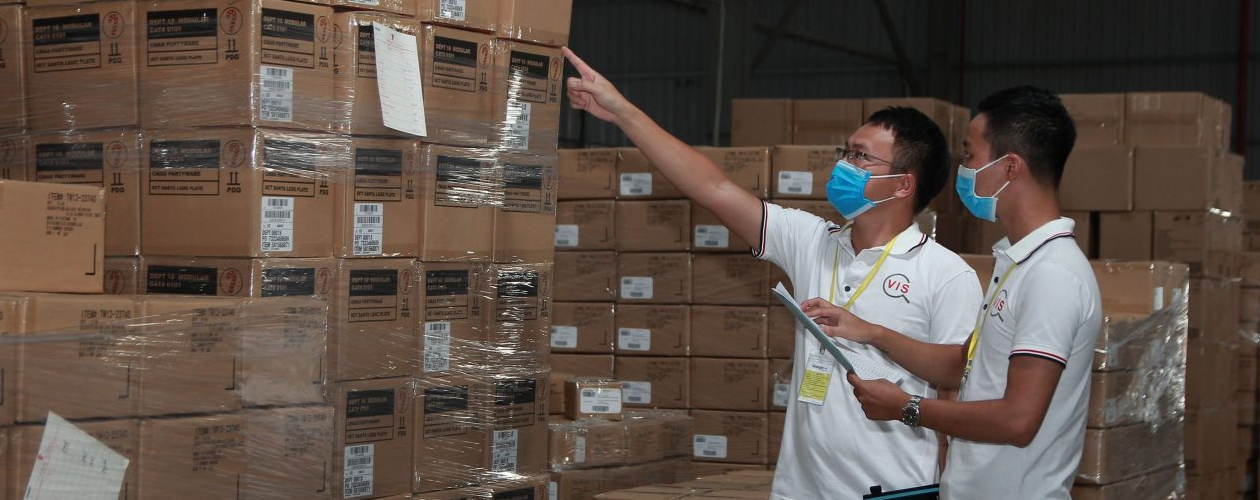
Full inspection, or 100% inspection, is a quality control process where every product or component is examined to ensure that it meets specific standards or requirements. In this type of inspection, no effect is left unchecked, meaning every item is inspected to identify defects, inconsistencies, or other issues. 100% inspection is often used in manufacturing, automotive, and aerospace industries where quality control is critical to ensuring safety and customer satisfaction. By conducting 100% inspections, businesses can reduce the risk of defects, improve customer satisfaction, and save on costs associated with recalls and repairs.
What does “100% inspection” mean?
100% inspection is a process that involves examining every single product or component to ensure that it meets specific standards or requirements. This type of inspection is commonly used in industries such as manufacturing, automotive, and aerospace to improve quality control and reduce defects. In this article, we’ll discuss the importance of 100% inspection, its associated challenges, and tips for conducting effective inspections.
Why is full inspection essential?
One of the main benefits of 100% inspection is that it helps ensure that every single product or component meets specific standards or requirements. This can lead to improved quality control, increased customer satisfaction, and reduced costs associated with defects and recalls. In addition, 100% inspection can help identify potential issues early on in the production process, allowing for faster and more efficient resolution.
When should you use 100% inspection?
100% inspection should be used when quality control is critical to the success of a product or process and the cost of defects is high. This type of inspection is typically used when the cost of repairing or recalling defective products exceeds the cost of conducting a 100% inspection. Some examples of industries commonly using 100% inspection include manufacturing, aerospace, automotive, and medical devices. In these industries, defects can lead to severe consequences such as safety risks, regulatory violations, or reputational damage. It’s important to note that 100% inspection can be time-consuming, resource-intensive. Therefore, it should be used judiciously and in conjunction with other quality control measures, such as randomly inspection, to achieve an optimal balance between cost, efficiency, and quality assurance.
What are the challenges of full inspection?
Implementing 100% inspection can be challenging due to cost and time constraints. Conducting inspections on every single product or component can be time-consuming and require a significant amount of resources. In addition, implementing and maintaining 100% inspection costs can be high, making it difficult for some businesses to justify the investment.
Tips for Conducting an Effective 100% Inspection
To conduct adequate 100% inspections, careful planning and preparation are key. Some tips for success include:
Develop a clear inspection plan: Before conducting an inspection, develop a clear plan that outlines the specific requirements and standards that need to be met. This can help ensure that the inspection is conducted consistently and thoroughly.
Use the right tools and equipment: Using the right tools and equipment can make the inspection process more efficient and effective. Ensure that you have access to the necessary equipment and that it is properly calibrated.
Ensure proper training: Inspectors should receive proper training on how to conduct effective inspections and interpret the results. This can help ensure that the inspection process is consistent and that any issues are identified and addressed quickly.
How to Choose an Inspection Service Provider
If your business doesn’t have the resources or expertise to conduct 100% of inspections in-house, consider working with an inspection service provider. When choosing a provider, look for one with experience in your industry and a track record of conducting thorough and effective inspections. In addition, consider factors such as cost, availability, and the provider’s reputation.
Conclusion
100% inspection can be a powerful tool for improving quality control and reducing defects in various industries. While implementing 100% inspection can be challenging, careful planning and preparation can help ensure the process is effective and efficient. By following the tips outlined in this article, businesses can conduct effective 100% inspections and reap the benefits of improved quality control and reduced costs.
Our inspection services include:


